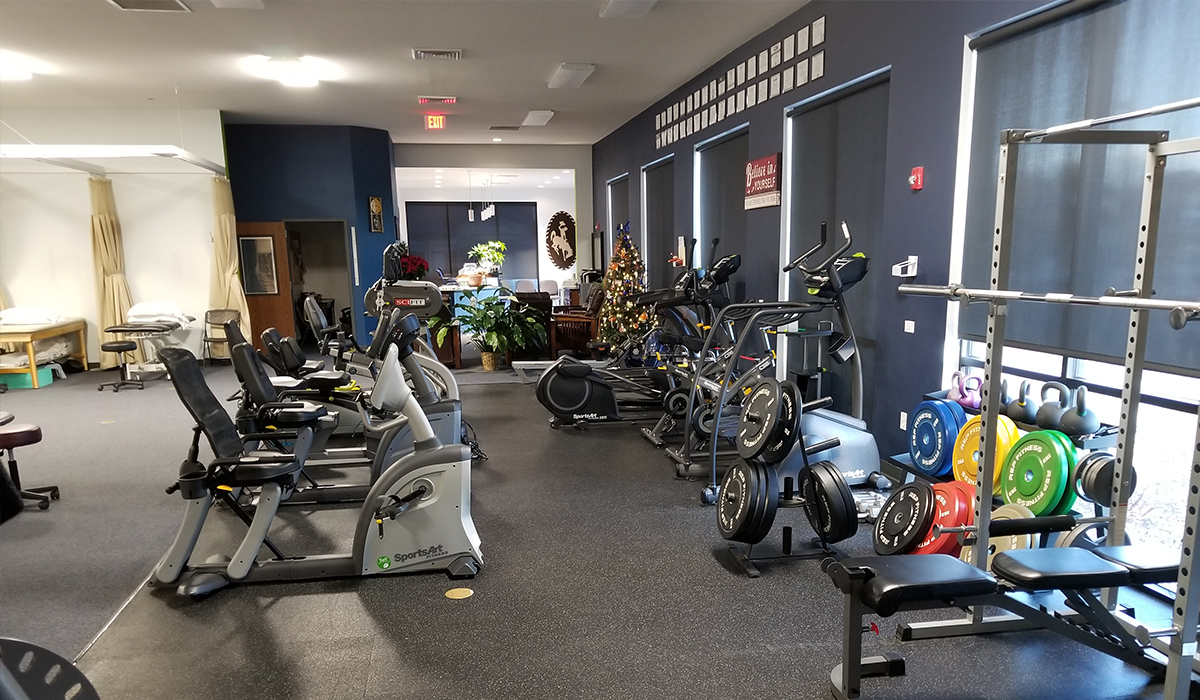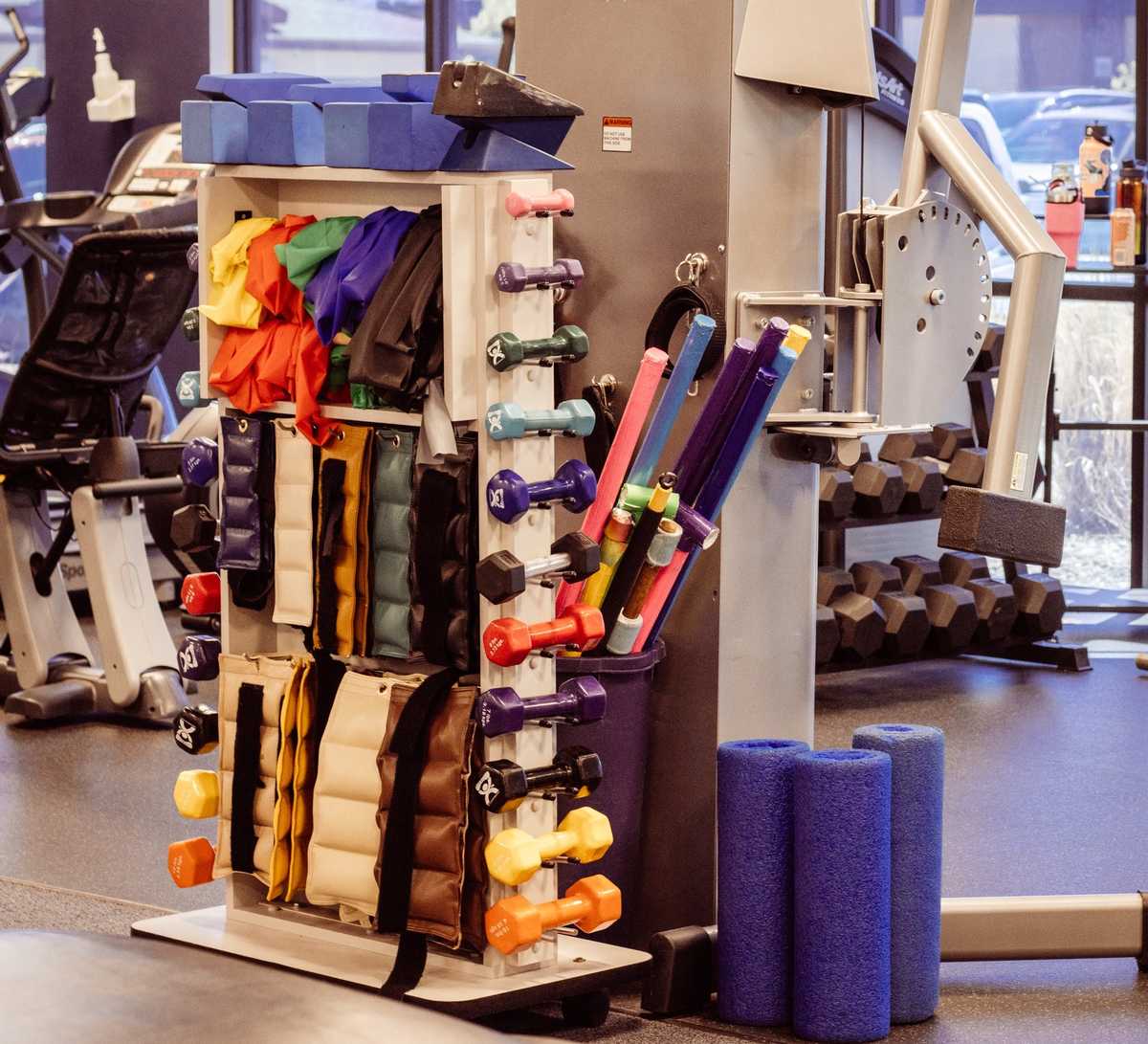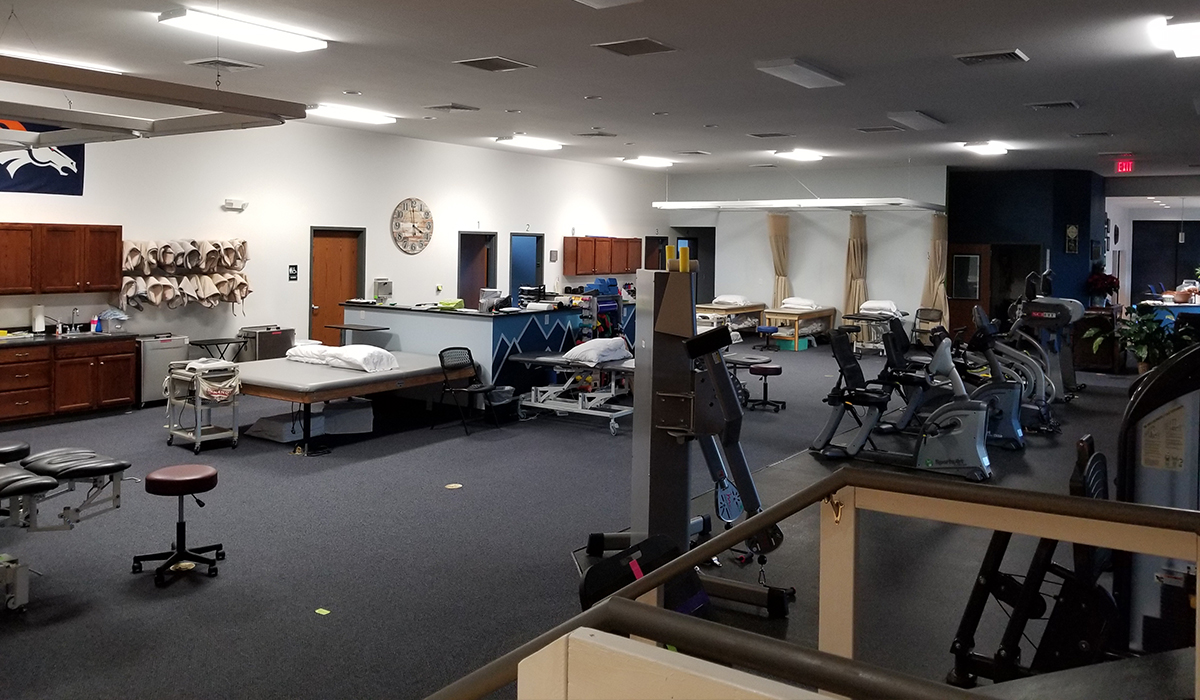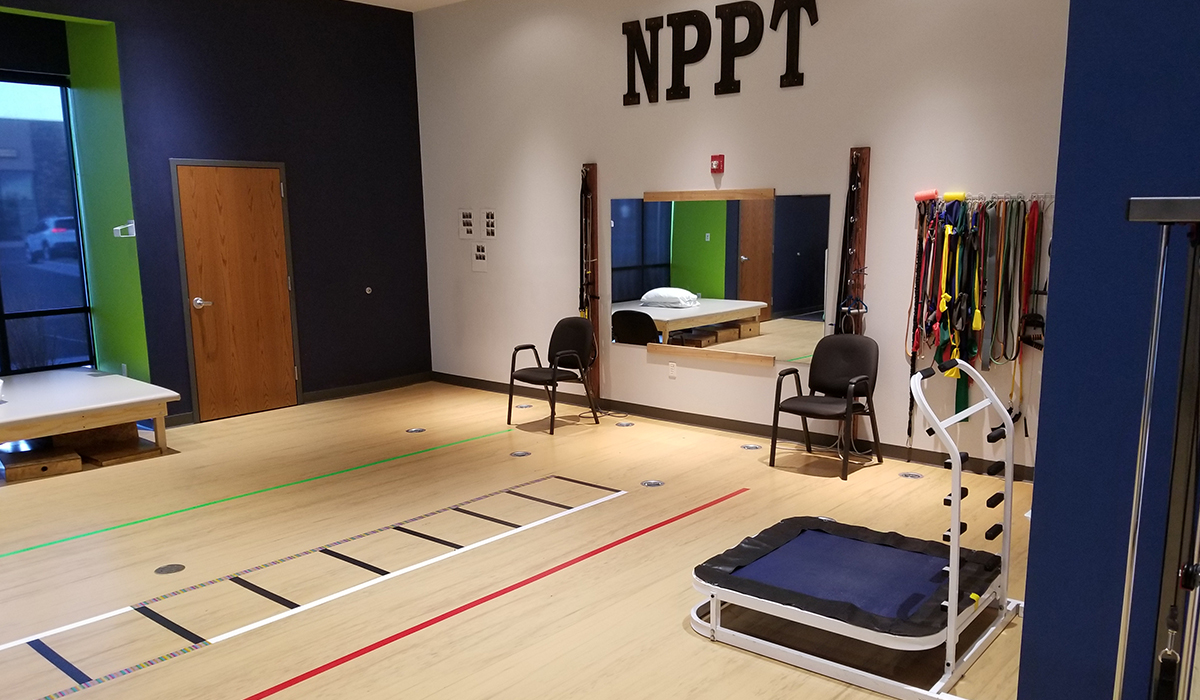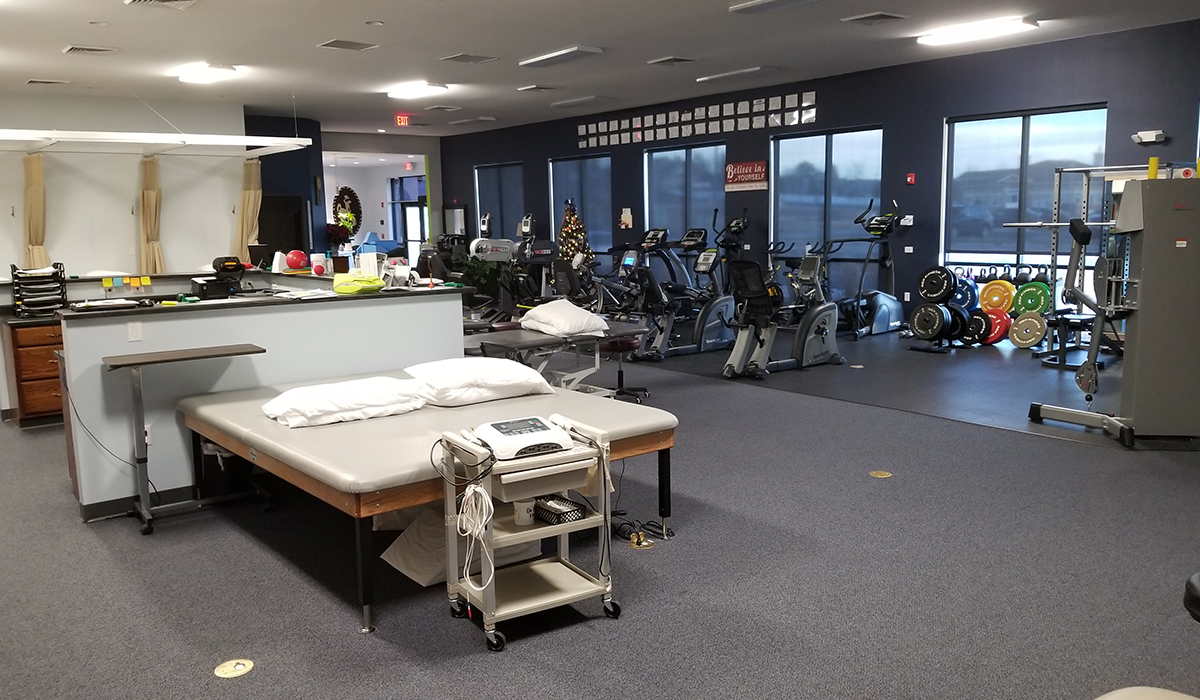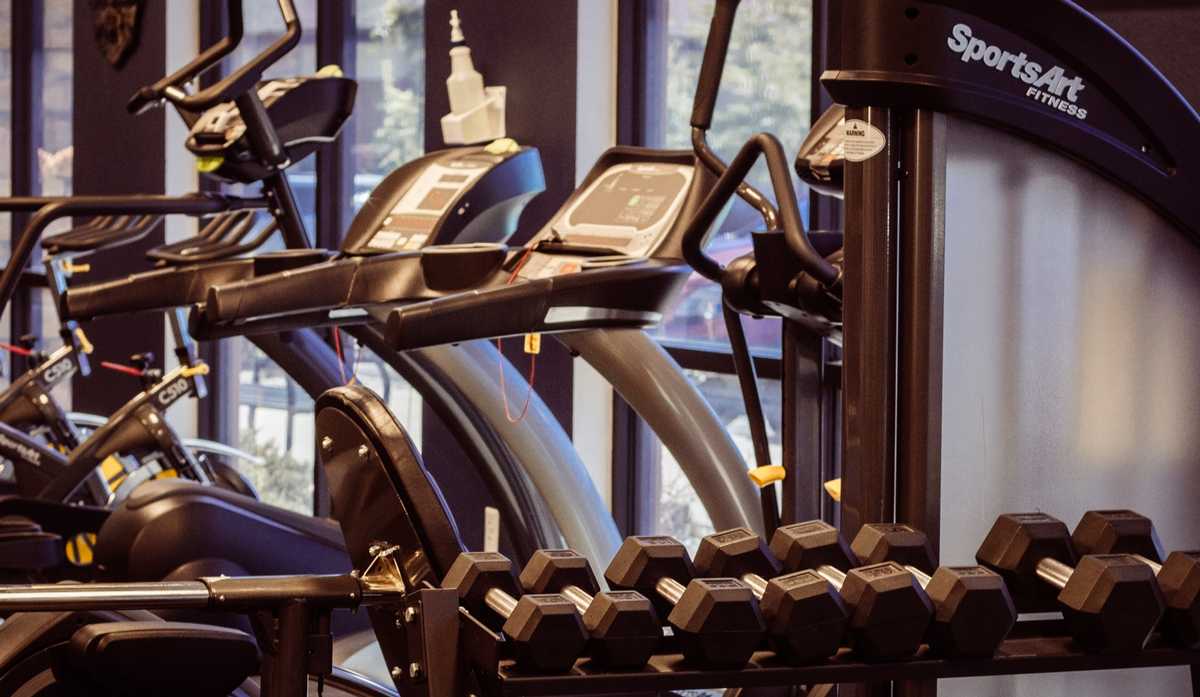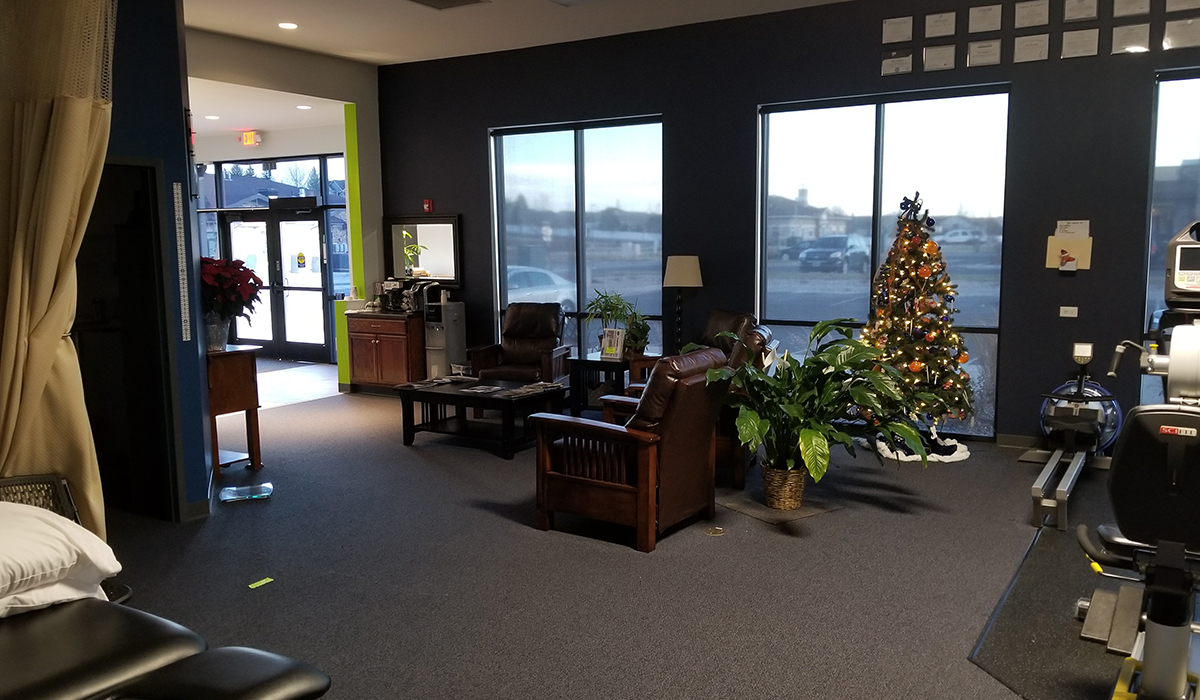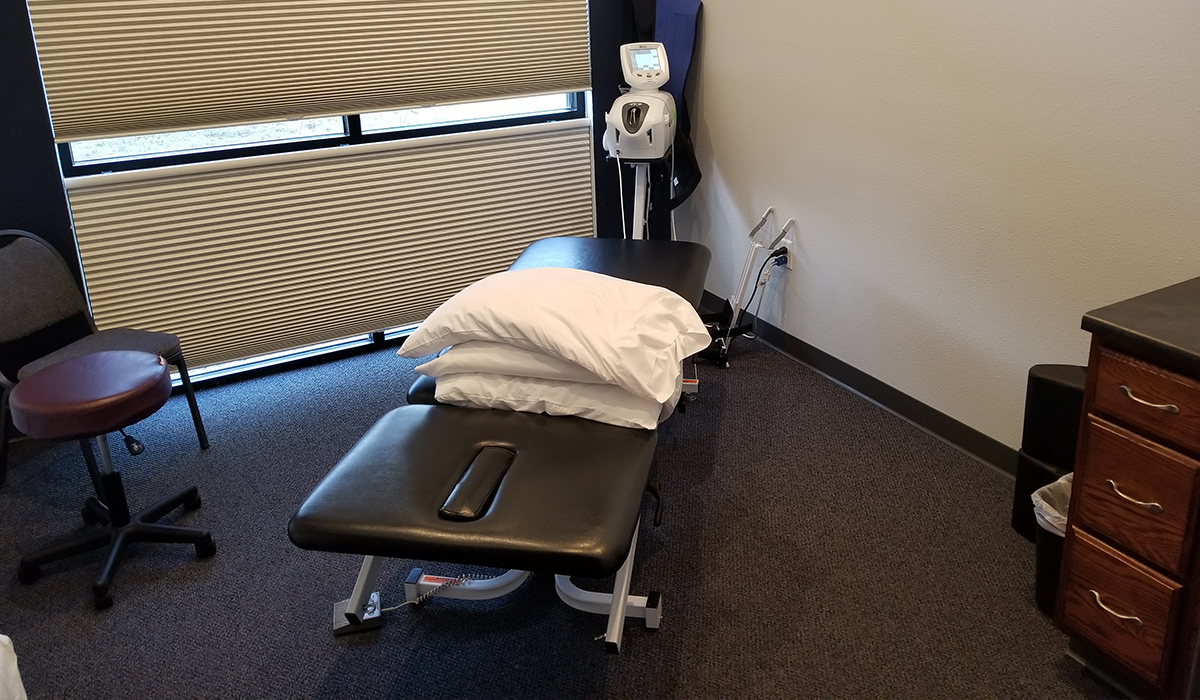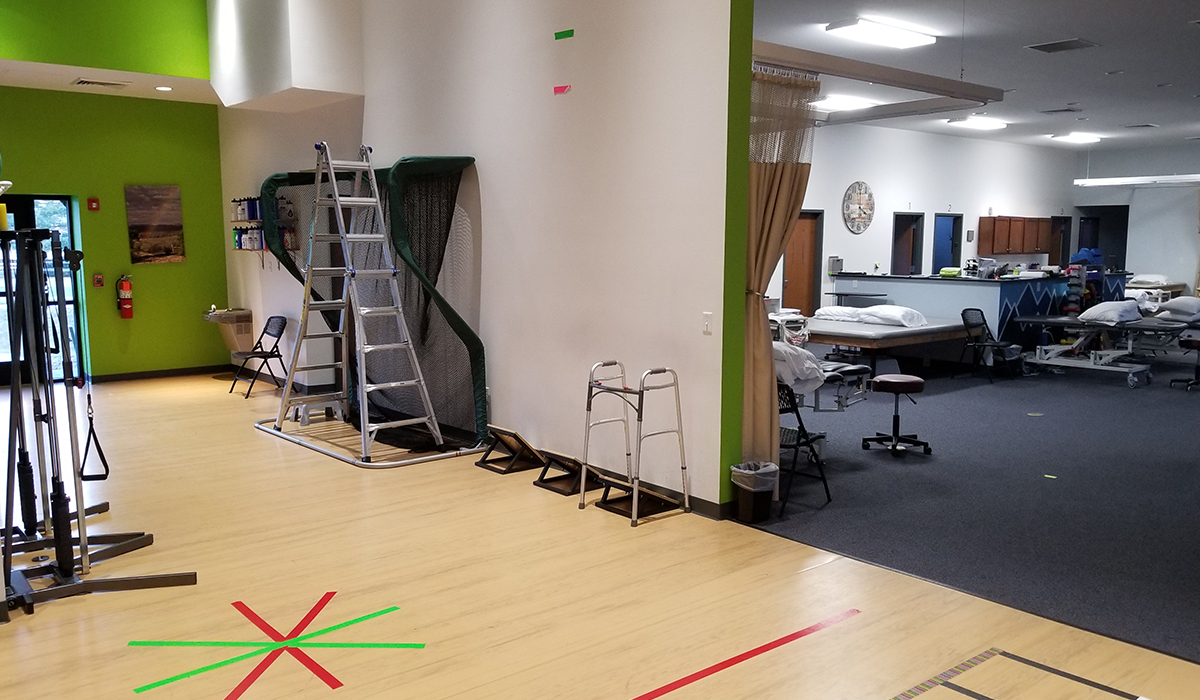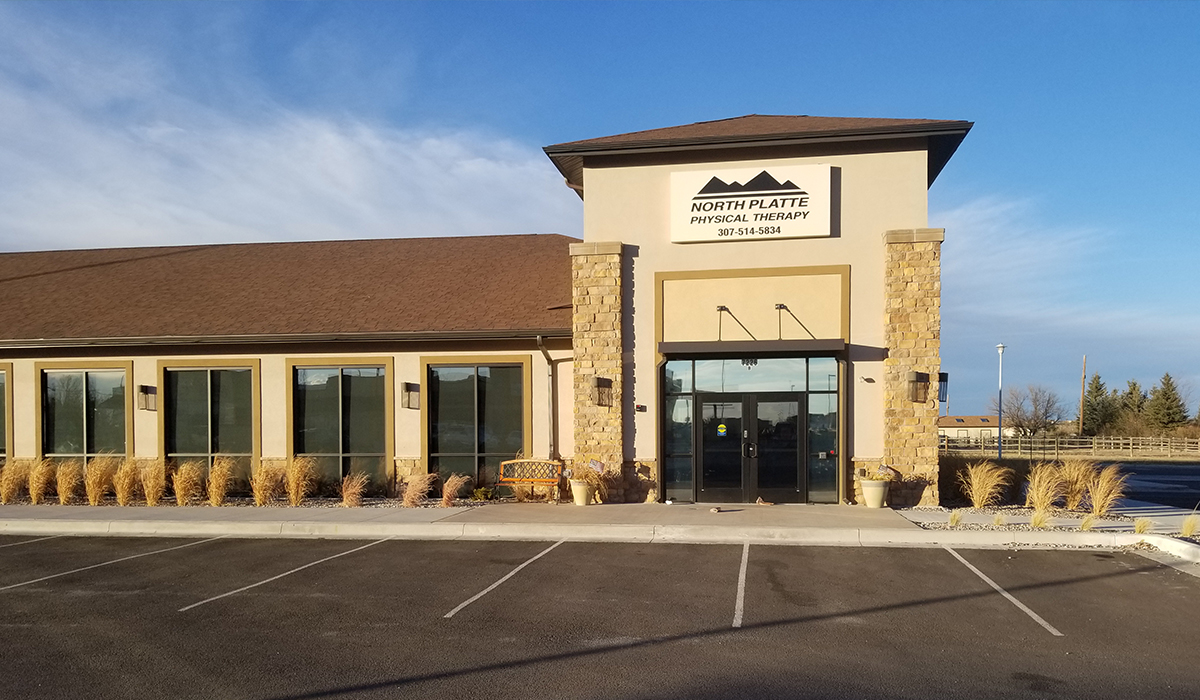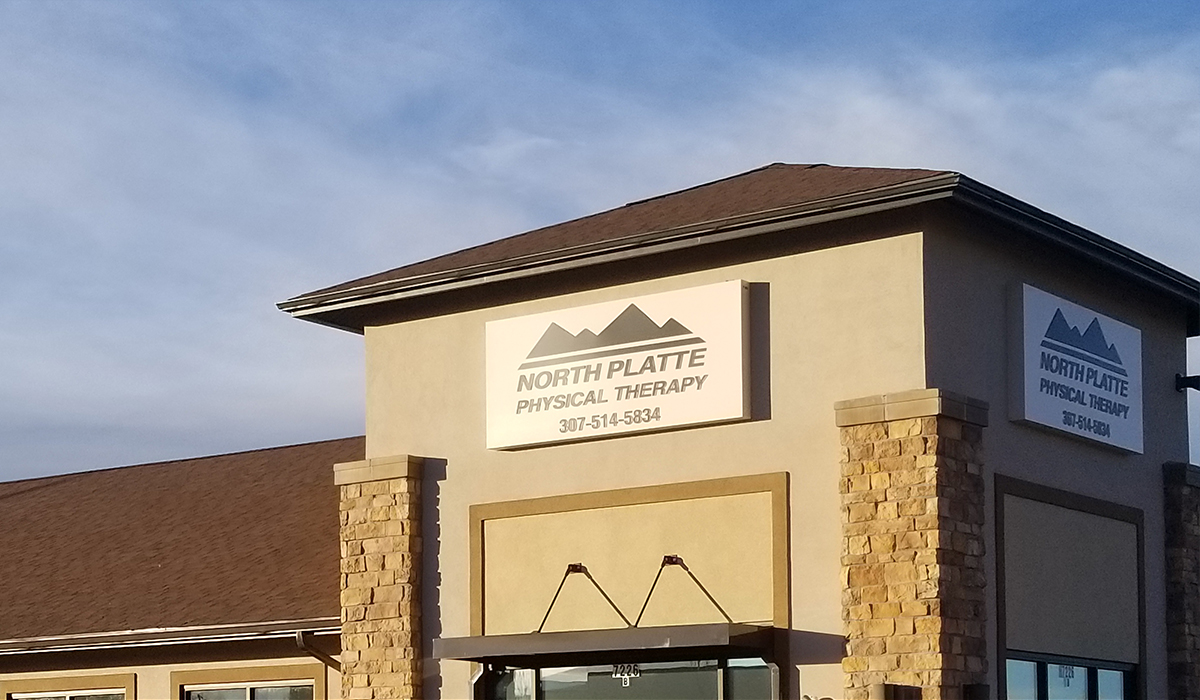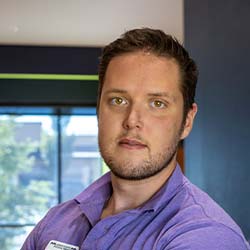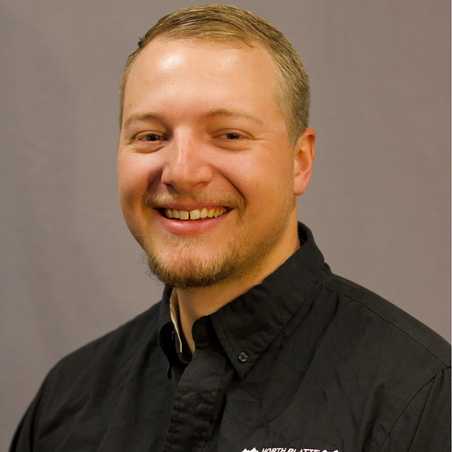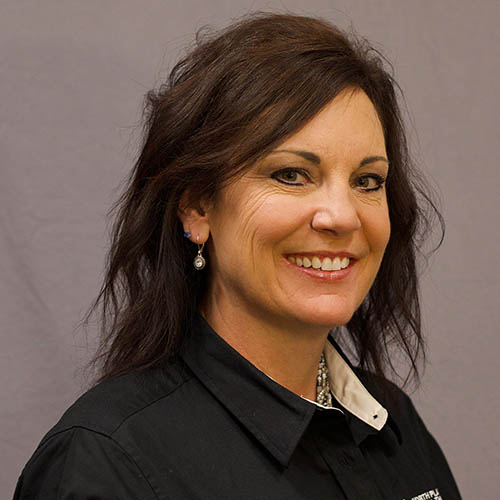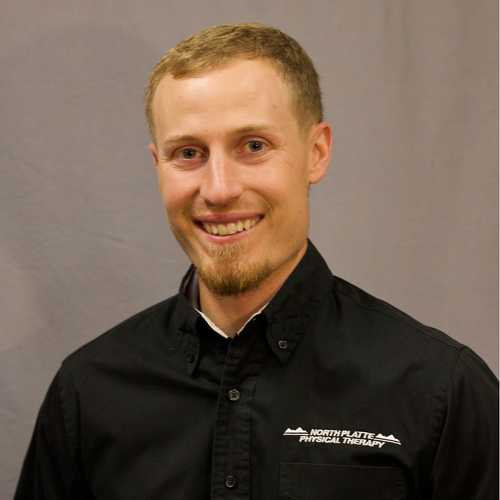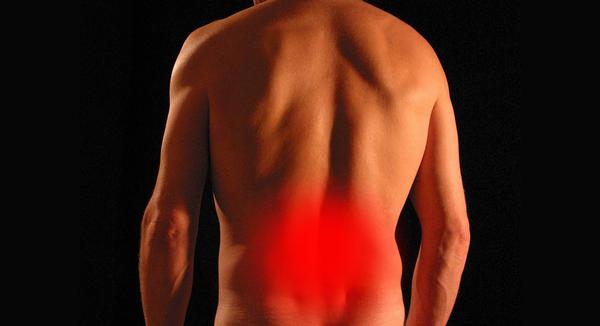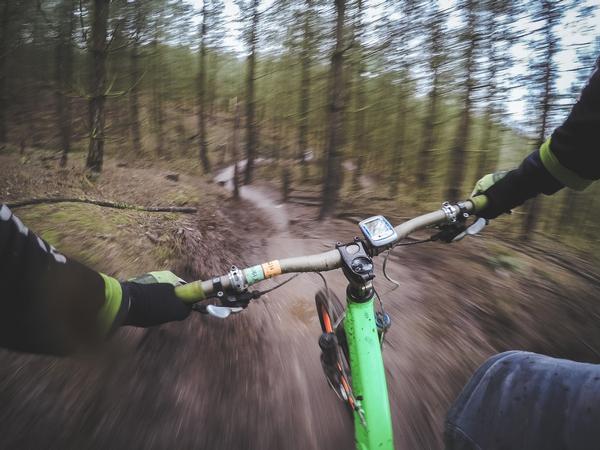North Platte Physical Therapy - Cheyenne (North)
Our company has now expanded to provide physical therapy services to the city of Cheyenne and its surrounding communities. We provide progressive, research-based intervention techniques to meet your personal rehabilitative needs. As a patient of North Platte Physical Therapy you can expect to receive the highest level of rehabilitation, a personalized plan of care designed to meet your needs, a family friendly, hometown clinical experience and exceptional outcomes so you can return to your active lifestyle. We focus on always remaining flexible to meet your needs. With same day appointments and walk-ins welcome, whatever your injury may be, we are always here for you. We will work closely with your healthcare providers to provide the most seamless recovery possible. If you have any questions on the services that we can provide or how we can best serve you please contact us or stop by so we can get you on the road to recovery.
Location Details
Address: 7226 Commons Dr, Cheyenne, WY 82009
Hours: Mon - Fri: 7AM - 6PM
Phone: 307-514-5834
Interested in scheduling at our East location? View Cheyenne East Details
Services Offered
- Arthritis Pain
- Back Pain
- Balance and Vestibular Rehab
- Biofeedback
- Biomechanical Gait Analysis
- Body Mechanics Training
- CSCS, Certified Strength Conditioning Specialist
- Chronic Pain
- Cupping Therapy
- Custom Foot Orthotics
- Custom Splinting
- Ergonomic and Worksite Evaluation
- Fine Motor Dexterity
- Fitness Screenings
- Functional Capacity Evaluations
- Graston Techniques
- Hand Therapy
- Headache
- Kinesio taping
- Modalities
- Myofacial Techniques
- Neck Pain
- Neurological Services
- Orthopedic Clinical Specialist, OCS
- Orthotic Fabrication
- Orthopedic Service
- Pediatric Therapy
- Pool Therapy
- Post Cancer Treatment
- Pre/Post Surgical Rehab
- Pre-employment Screening
- Return to Work Screening
- Return to sport exercise programs
- Running Injuries
- Self-care skills
- Sensory Integration
- SFMA - Selective Functional Movement Assessment
- Spine Care
- Sports Medicine
- Sportsmetrics
- Stroke Rehabiliation
- Tactical Training
- Tendonitis
- TPI (Titlist Institute Performance) Certified Golf Screenings
- TMJ
- Torticollis
- Trigger Point Dry Needling
- Vestibular Rehabiliation
- Women's Health
- Work Hardening/Conditioning
- Work Injuries
- Worksaver Certified Work Physicals
- Wound Care
Latest News & Info
Common Signs of a Herniated Disc From Your Trusted Wyoming Physical Therapy Team
August 19, 2020
There’s Intense Pain When You Sit Down
Ordinary muscle strain is often alleviated by sitting down or resting. It gives your muscles a chance to relax and removes the tension from the strained area. When you have a herniated disc, sitting will often make the pain worse. Pay attention to the way you feel when you’re taking a break or working at a desk. If the pain gets noticeably worse when you’re sitting down, call your doctor as soon as possible.Â
The Pain Spreads Down Your Legs
One of the most common signs of a herniated disc is a condition called sciatica. This condition causes the pain you normally feel in your low back to run down the sciatic nerve which travels from your buttocks to your feet. When a disc ruptures or slips, it puts pressure on that nerve, resulting in pain throughout your lower back, buttocks, and legs. The pain is often slow to spread and doesn’t stick around for days on end. If you notice the pain shifting from your low back to your lower extremities when you perform certain activities, you may have a ruptured disc.
Feelings of Numbness
Believe it or not, ruptured or herniated discs don’t always cause sensations of pain. Sometimes, they cause parts of your body to feel numb or tingly. Think about the way your body feels when you’re moving around. If the pain is fairly consistent, you likely have a strained muscle. However, if the pain fades and leaves a feeling of numbness down one part of your body, you may have a herniated disc. If you notice this sensation, call your doctor immediately to discuss your treatment options.Â
Get Help Quickly
Coping with low back pain throughout the day is never pleasant. Luckily, there are things you can do to correct the issue and get your body back on track. The best place to start is by working with an experienced physical therapy team and letting them slowly make corrections to your muscles and spine. Those corrections will help you stave off back pain in the future so you can focus on maintaining your health. If you’re experiencing low back pain, don’t wait. Contact your nearest office and schedule a consultation with our team.
Why Active Recovery Days Are the Best Way to Avoid Needing Physical Therapy Services
August 13, 2020
What Active Recovery Means
Active recovery means you’re giving your body a break from the strenuous workouts you do on your normal gym days, but instead of sitting all day, you’re getting up and moving. Think of an active recovery day as an ultra-light workout day. If you normally run, go for a long and leisurely walk. If you lifted weights the day before, run through some yoga or stretch and walk the tension out.Â
The Benefits of Active Recovery Days
Now that you understand what active recovery is, you’re likely wondering why it’s so important. After all, you deserve to be able to rest and take a day off after working out incredibly hard. While you’re certainly entitled to periods of rest, active recovery days have a few compelling benefits.
Keeps Your Muscles Loose
If you’ve ever worked out incredibly hard only to find that you’re stiff the next morning, you know that keeping your muscles loose is a challenge. Not only do stiff muscles increase the pain you feel throughout the day, but they also put you at risk for injury when you get back into your workout routine. Active recovery days emphasize movement, helping to keep your muscles loose and get rid of those feelings of stiffness that keep you from being able to work out as hard as you’d like later in the week.
Gives You Time to Focus on Form
Active recovery doesn’t have to mean taking a break from your exercise routine. It just means going at it with a lot less intensity. You can use this to your advantage and focus on form instead of how hard you’re pushing yourself. By paying attention to your form and building muscle memory when you’re not pushing yourself, you’ll be able to maintain that form later without as much effort.
It’s Fun and Relaxing
Believe it or not, active recovery days can be fun and relaxing. They’re the perfect opportunity to try new exercises and experience new things without having to worry about missing out on your workout. Just remember to keep things fun and don’t put pressure on yourself to perform to a certain level.
Keep Your Body Moving
Movement is the best medicine and is the easiest way to keep your muscles loose and healthy. If you ever end up dealing with an injury or are worried about a persistent ache that won’t go away, reach out and schedule an appointment with our team.Â
Â
How to Prevent Mountain Biking Injuries According to Wyoming Physical Therapy Experts
August 6, 2020
Check Your Bike Before You Ride
Running through a safety check before you hit the trail is the best way to keep yourself and other riders safe. Inspect your bike thoroughly prior to every ride. Make sure the nuts, bolts, and axels are properly mounted and tightened. Check your brake cables for tension and make sure the calipers or rotors can stop your wheel when you squeeze the lever. Look at your pedals and remove any debris that could keep your feet from sticking well. It’s also a good idea to check your wheels and make sure they’re in true. If they’re not, the wheels won’t roll straight and could end up clipping rocks and roots as you go.Â
Wear the Right Gear
Seeing mountain bikers zipping down trails without helmets or protective gear is, unfortunately, a common sight. Those riders risk serious injury if they fall or lose control of their bike on the trail. Instead of becoming another statistic, make sure you’re wearing the appropriate gear before you leave the trailhead. Invest in a good helmet and get it fit properly at your local bike shop. Wear gloves to maintain grip on your handlebars and consider knee and elbow pads to help reduce impact stress if you do fall. If you’re going all-out and riding technical trails and making steep downhill descents, invest in biking armor. This can dramatically reduce your risk of injury if you wipe out.
Warm Up Before You Leave
When your muscles are tight, they’re more prone to serious injury. Save yourself the risk by warming up before you hit the trail. Go for a short run or brisk walk to get the blood circulating and to loosen your muscles after the drive to the trailhead. Then, run through full-body stretches and make sure you’re comfortably loose. If anything feels tight or you notice strain from your previous ride acting up, consider taking it easy on the trail. Let your body be your guide. If it feels like you’re not up to a strenuous ride, don’t force it. When you force things, you’re more likely to hurt yourself.Â
Keep These Tips in Mind
If you’re planning on hitting the trail, keep these tips in mind and you’ll be able to reduce your risk of getting injured doing what you love most. If you do end up taking a bad spill or notice that you’re not performing the way you want, schedule a consultation as soon as possible. The sooner you do, the easier it will be to speed your recovery.
Â
